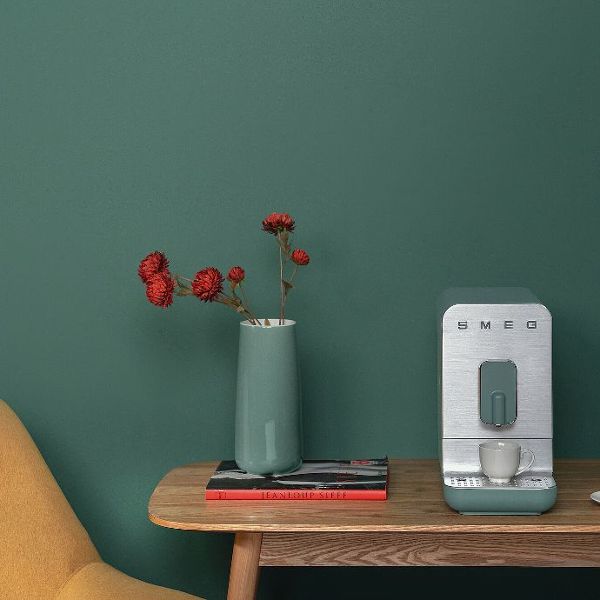invisible
Search
Enter at least 3 characters

We have found a Smeg subsidiary or authorized distributor website for your region. Do you want to update your location?
Continue hereIn general, what affects the durability and performance of a non-stick aluminium pan is mainly the thickness of the bottom and the quality of the coating. As already mentioned, the quality of aluminium cookware is given by its thickness and this applies to both bare aluminium and non-stick utensils: applying a quality coating to a thin pan could still lead to the formation of hot spots that will compromise the performance of even the best coating; while a sufficiently high thickness of the metal bottom guarantees greater durability of the coating.
Subscribe to Smeg's Newsletter and stay up to date with all the latest news and events.

Mon - Fri
8.30 - 12.30
14.30 - 18.30
Sat morning
9.00 - 12.00
SMEG S.p.A. VAT 01555030350
Smeg S.p.A - Via Leonardo da Vinci, 4 42016 Guastalla (RE) Italy
Phone +39 0522 821 1 Fax +39 0522 821 452 Email [email protected]
